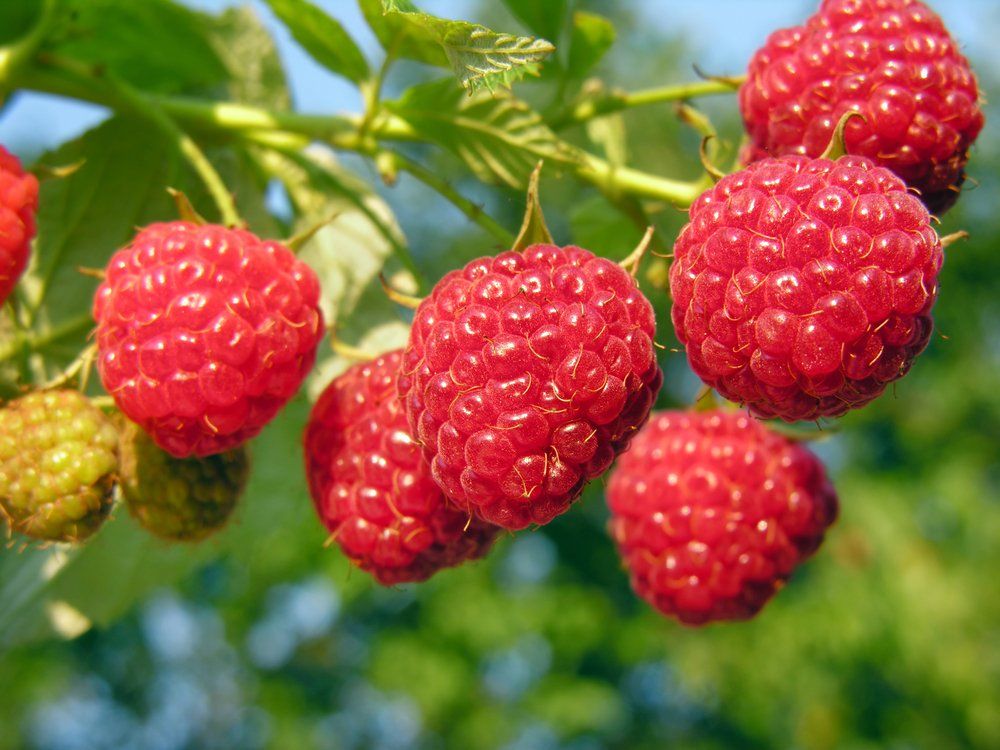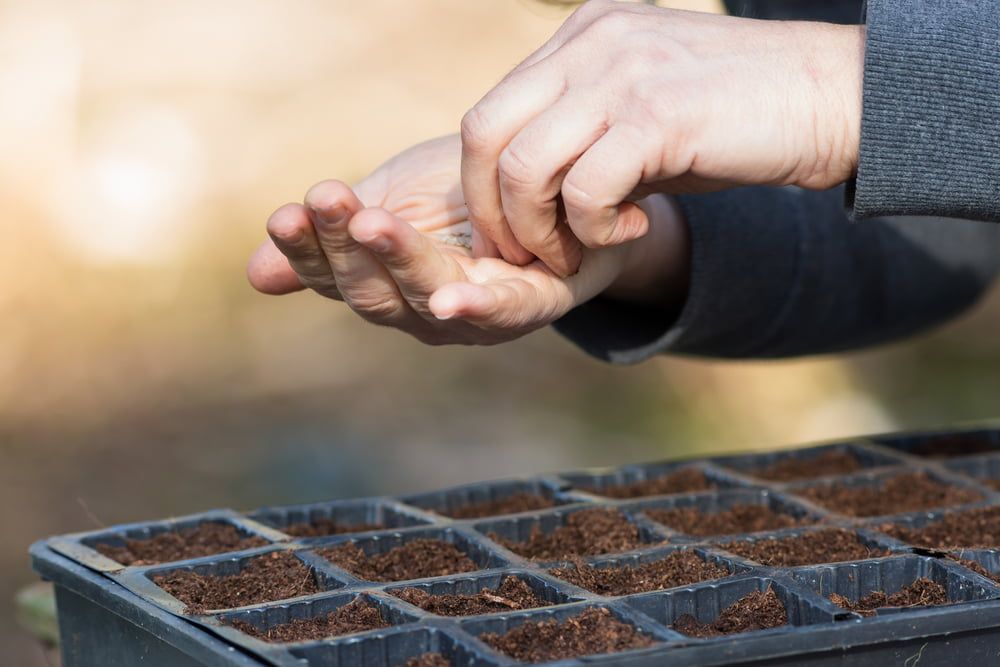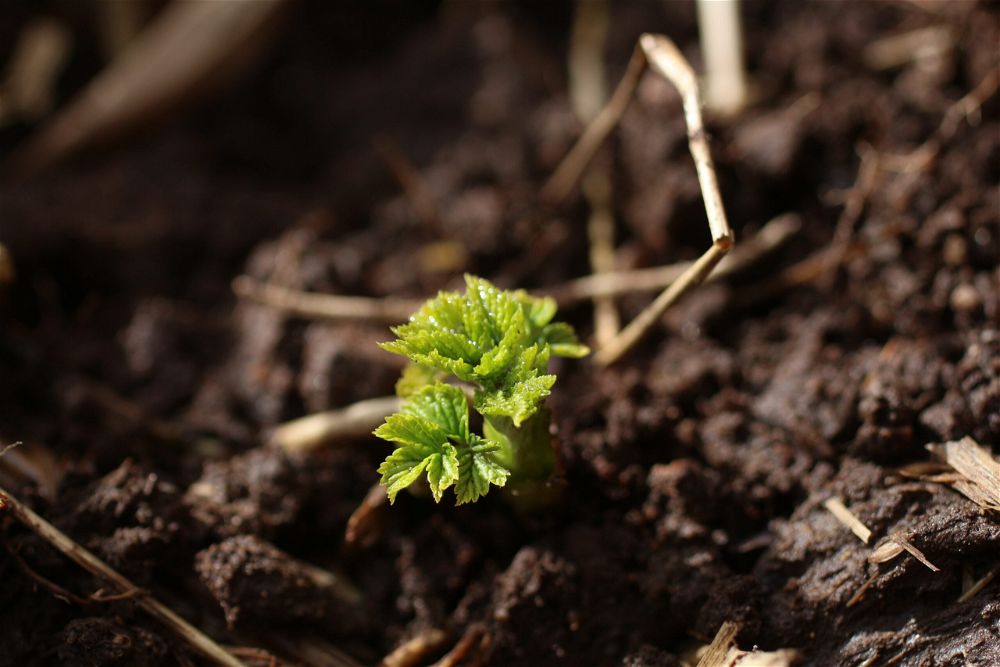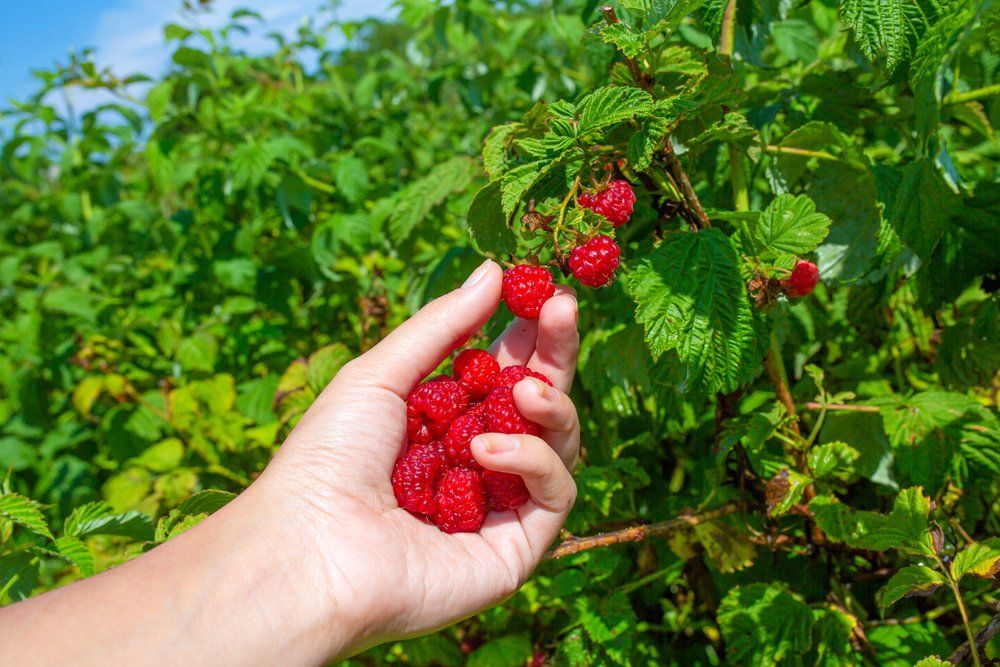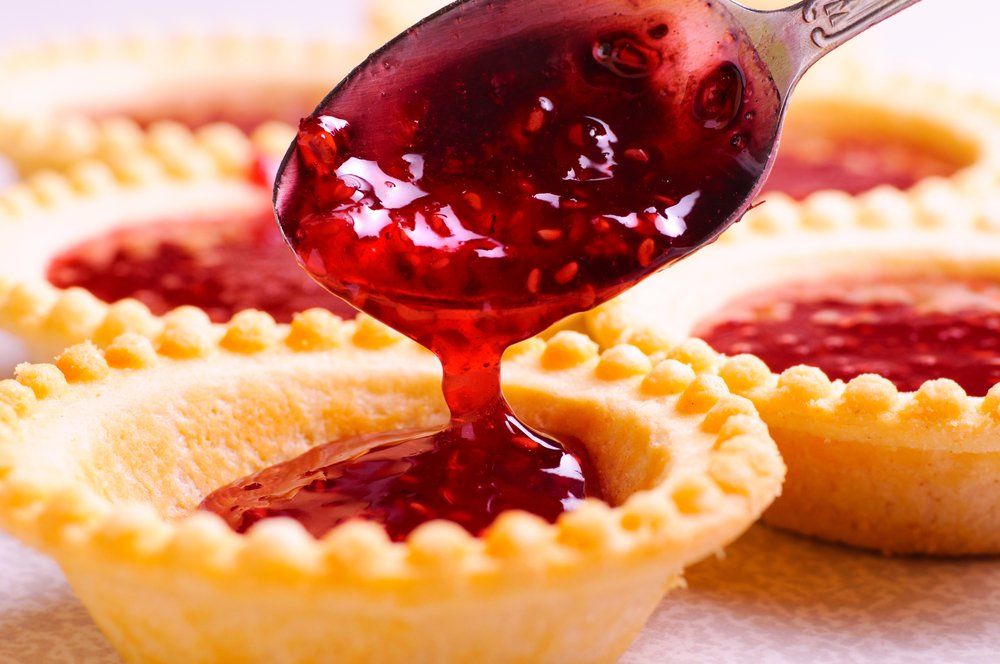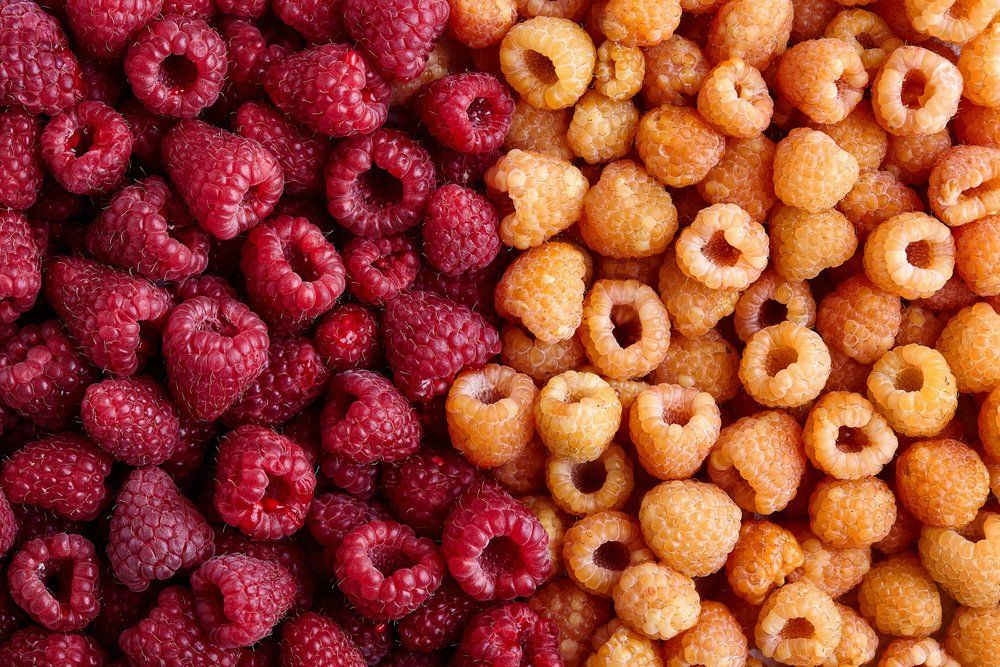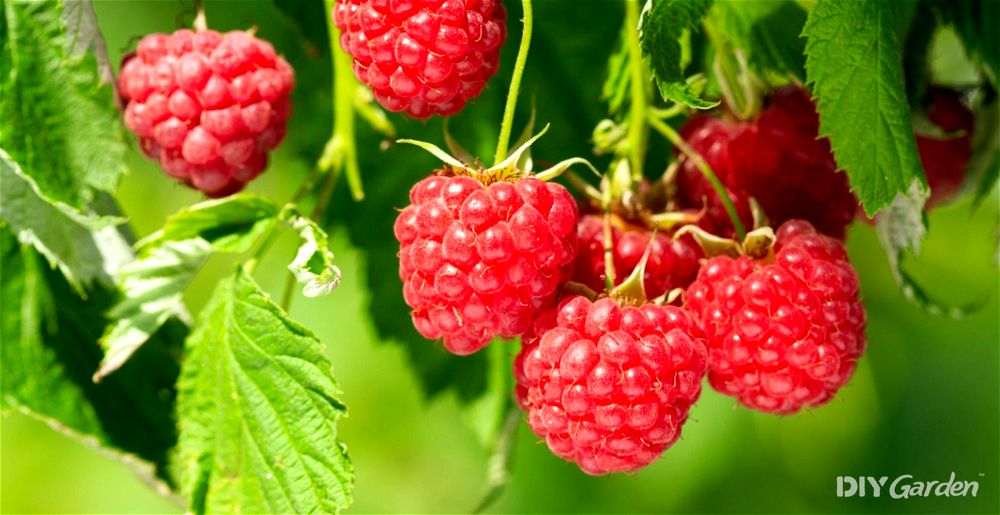
Sweet, juicy, and satisfyingly succulent, raspberries are such an easy yet rewarding fruit to grow at home. Even better, if you plant the right mix of varieties, you could be enjoying fresh raspberries for six months of the year. Tempted? Read on…
Growing Raspberries: A Quick Snapshot
When to Sow – Sep-Oct
When to Plant – Nov-Mar
When to Harvest – Jun-Nov
Average Yield per Plant – 2kg
Spacing – 40-60cm
Depth – 8-10cm
How to Grow Raspberries at Home
Raspberries are an easy-to-grow cool-weather crop. So long as you provide them with the right conditions, they won’t need much maintenance over the years, but will still continue to produce consistently delicious fruit year after year.
How Much Sun Do Raspberries Need?
Raspberries prefer a sunny site, but this does also depend on your local climate. Those who live in hot regions would be best planting their raspberries in a location that receives partial shade during the hot afternoon sun, to prevent scorching the plants.
What Type of Soil Do Raspberries Need?
Raspberries can be a little picky about their soil requirements. They don’t do well in heavy, clay soils, especially if you live in a colder part of the world. They also don’t like chalky or shallow soils, or soil that doesn’t drain well.
Ideally, use a rich, fertile, and well-draining compost for growing raspberries. If possible, keep this on the slightly acidic side, with the perfect pH being between 5.5 and 6.5. This will help to prevent nutritional deficiencies in your raspberry plants.
Bare Root Raspberry Canes vs Container-Grown Plants vs Growing from Seed
You’ve got a few options when it comes to deciding how you want to begin growing raspberries at home.
The most common way is by planting bare root raspberry canes. These can be purchased throughout the winter months. Bare root canes tend to have the highest success rate. They’re also easy to plant, cheap to buy in bulk, and you will find so many different varieties available.
However, the downside to bare root is that you can only plant the canes out during their dormant period. This is where container-grown raspberry plants win out – they can be planted throughout the year.
Growing your raspberry plants from seed is another option. While it is believed that the fruit from seed-grown plants tastes better, you’ll have to wait 16-18 months before you can actually harvest those fruits to decide this for yourself. On the other hand, both bare root canes and potted raspberry plants can produce fruit the season after being planted.
Raspberry Supports
One other thing to keep in mind before you get growing is that you’ll need to provide your raspberries with some type of support. If you don’t, your canes will end up bending and snapping, which could be fatal.
Supports don’t have to be complicated. Many like to grow their raspberries along a fence, tying the canes to the fence as they grow.
Alternatively, if you want to go for a more free-standing location, you can also plant some posts or strong stakes when planting your raspberries, placing two or three plants around each post.
How to Grow Raspberries from Seed
Raspberries should be started from seed in the early autumn.
Fill a seed-starting tray with a low-nutrient compost and then water until the soil feels moist.
Press your raspberry seeds onto the surface of your compost. Try to space each seed about 2cm apart and 1cm deep. It’s easy to over-sow raspberry seeds because they’re so tiny, so take your time when doing this!
Cover the seeds over with a very light layer of compost and then gently spray with water.
Now, here’s where it gets a little tricky…
Raspberry seeds need a period of cold stratification in order to germinate. This means that they need cold and moist conditions over the winter. For this reason, place your raspberry seed trays outside in a well-ventilated cold frame, and keep the soil consistently moist.
Maintain your seeds in this location for the entire winter. Once the weather starts to warm up in the spring and your risk of frost is over, move your seed trays to a sheltered yet lightly sunny outdoor location.
About a month after you have moved them outside, your raspberry seeds will finally start to germinate!
Once they are a couple of centimetres in height and have a set of true leaves, you can either pot them up or plant them out.
How to Plant Raspberries Outside
Raspberries are best planted outside when they are dormant, which is during the winter months. So long as the ground isn’t too frozen or waterlogged, planting in the winter gives the raspberries a bit of time to spread their roots before concentrating their energy on leafy spring growth.
Once you’ve weeded and prepared your planting bed, you can then plant your raspberries in, at a depth of 8-10cm. Space each plant about 50cm apart – you can decrease this for compact varieties but will need to increase it for larger and bushier types. Make sure that your plants are well covered over after planting, and use your feet to gently firm the soil down around each cane or plant.
Remember to water thoroughly after planting!
If you are planting bare root canes, you have the option of cutting them back to about 25cm from the ground immediately after planting. This can help to stimulate the growth of more basal shoots, but isn’t an essential step.
How to Plant Raspberries in a Greenhouse
The steps for growing raspberries in a greenhouse, whether in the ground, in raised beds, or in containers, are the same for growing outdoors.
Research has shown that raspberries grown under cover not only produce more than their field-grown counterparts, but the fruit is also 20-40% larger. This makes it well worth planting some raspberries in your greenhouse or polytunnel, even if you already have some growing outdoors.
How to Care for Raspberries
Raspberries are generally quite low-maintenance, but there are a few details to keep in mind when caring for your raspberry plants.
Keep Your Raspberries Consistently Watered
Raspberries don’t like dry soil. They need about 2-4cm of water each week, and then double that when harvest time draws closer.
A lack of water will lead to dry, tasteless fruits, so make sure that you regularly monitor soil moisture levels. This is easy to do – stick your finger a few cm into the soil around your raspberries. If the soil here feels dry, water your plants.
Feed and Mulch in the Spring
Raspberries don’t need a huge amount of feed, but a slow-release, high-potash fertiliser applied each spring will give your plants the necessary nutrients for the upcoming season.
Just like most other plants, your raspberries will suffer if weeds start to take over. For this reason, mulching your raspberries in the spring can be helpful. This not only suppresses any surrounding weeds before they are able to grow, but also helps to retain moisture in the soil, saving you from having to water your raspberries quite so much.
Net Your Raspberries
If wild birds enjoy visiting your garden, then chances are that they’ll be keeping an eye on your raspberry crop. They may not pay much attention to the fruits when they’re green, or even when they’re starting to change colour, but the very second that each raspberry ripens into perfection, the birds will be feasting!
The only way to protect your crop is by netting your plants.
Like the idea of sharing the fruits of your labour with local wildlife? You could either net just a certain section of raspberry plants and leave the rest to the birds, or net them all, harvest what you need, and then remove the net and allow the birds to clear up the rest.
How to Harvest Raspberries
You’ll know that your raspberries are ready for harvesting when their color deepens and the fruits easily fall away into your hand with just the slightest pull. Don’t be tempted to pick your berries before they are fully ripe, as they won’t ripen any further once picked.
Harvesting raspberries is as simple as that! Be gentle with your freshly-picked fruits – raspberries are quite fragile and can damage easily.
How to Store Raspberries
Freshly-picked raspberries don’t keep for very long. They should be placed into the fridge immediately after picking, but will still only last for about two or three days.
This means that, if you are fortunate enough to end up with a glut of raspberries, you’ll need to consider alternative storage options:
- Fresh raspberries can be frozen whole, where they’ll keep for up to 18 months.
- Dehydrating raspberries is another option, and these will keep for about a year.
- Processing your raspberries into a raspberry jam or syrup is always a delicious option. When correctly canned, jars will last for about two years.
How to Prepare & Cook Raspberries
Raspberries don’t need much in terms of preparation. If harvested at the right time, they’ll easily separate from the plant, leaving behind any excess plant material.
Chances are, you’ll see a few bugs crawling around the fruit. Don’t be tempted to rinse your raspberries under running water – this will damage them. Instead, place them into a colander and then dip them into a bowl or pot of water. Gently swill the berries around before draining them.
After this, you can either place your raspberries into a bowl to be eaten fresh, or cook them up into something delicious. As mentioned, raspberry jams and syrups are a common way to preserve the fruit, but other tasty options include:
- Raspberry muffins and cakes
- Raspberry sorbet
- Raspberry fool
- Berry smoothies
- Raspberry lemonade and other raspberry drinks
Common Raspberry Problems
Raspberries are usually pretty hardy, but there are a few problems that you could encounter.
Viruses
Raspberries are surprisingly prone to various viruses, such as raspberry mosaic virus and bushy dwarf virus.
Curled and yellowing leaves are a big giveaway, especially when combined with a decrease in production over the next few years.
Sadly, no matter which virus your raspberries have, there isn’t a cure. You will need to remove affected plants as soon as possible, to prevent the virus from spreading.
Diseases
Not only do raspberries have to deal with viruses, but there are a couple of diseases that you need to look out for too:
- Raspberry cane blight – this fungal disease will cause leaves to die in the summer, before turning the cane brittle. If caught early, it can be treated with fungicides, otherwise infected canes will need to be removed.
- Raspberry rust – you will notice yellow and orange spots on leaves, which will end up turning black. Pick off any infected leaves and remove any fallen leaves to prevent the disease from spreading further.
Popular Raspberry Varieties to Grow
Before you get into the nitty gritty when it comes to raspberry varieties, you need to first decide whether you want to grow summer-fruiting or autumn-fruiting raspberries. Ideally, you should pick a mix of the two, as this is what will give you the longest growing season.
However, keep in mind that summer and autumn raspberries shouldn’t be planted in the same bed. They have different needs when it comes to pruning, and it can often be impossible to tell the bare canes apart in the winter, which is when you would need to prune them.
Best Summer-Fruiting Raspberry Varieties:
- Glen Rosa – quite a new variety that’s both spine-free and disease-resistant
- Octavia – produces large fruit late in the summer season, with these berries freezing well
- Ruby Beauty – a dwarf variety that’s a surprisingly heavy cropper – this one is great for pots and containers
Best Autumn-Fruiting Raspberry Varieties:
- Autumn Treasure – can tolerate poor soil conditions while maintaining its disease resistance qualities
- Polka – this variety fruits earlier in the autumn than other autumn-fruiting varieties
- Fallgold – an exceptionally sweet, golden raspberry
Conclusion
Whether you have a large plot to plant in or just a few pots on a balcony, raspberries are a fruit that just about everyone could be growing at home. If you look after them properly, your raspberry plants could live for the next 20 years, producing more and more fruit each season!
